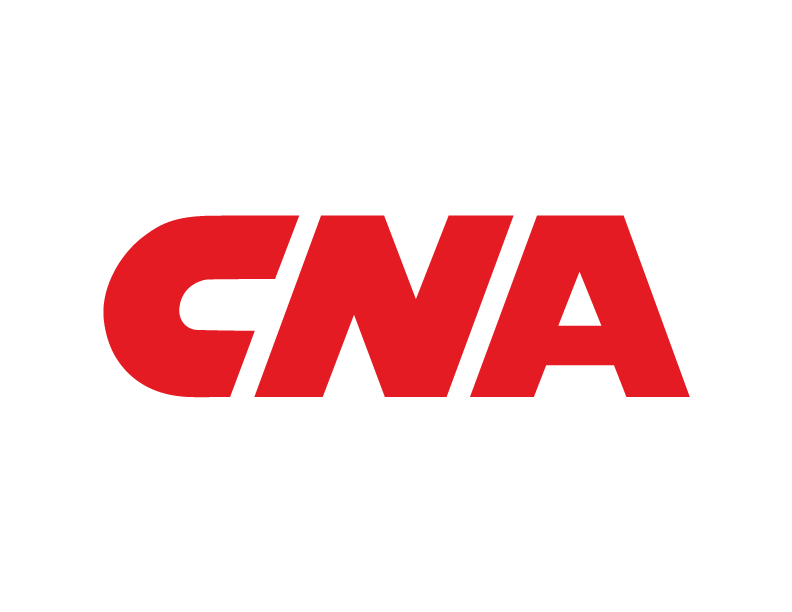4 Ways to Reduce Construction Equipment Thefts
It sounds like a far-fetched scenario, but it's true: Thieves are not deterred by the size of heavy machinery, because this equipment easy to hide and easy to sell. Whether a piece is sold through an auction or a direct sale to another person or company, serial numbers are seldom checked. As a result, thieves including organized crime rings are attracted to this low-risk, high-reward opportunity.
And the loss is significant. According to the National Equipment Register, the value of stolen construction equipment in Canada (excluding tools and building materials) is between $300 million and $1 billion annually.
Theft mainly occurs from job sites, especially in situations when equipment is left overnight. Think of a rural road project: The equipment remaining unattended each night could include loaders, excavators or trailers. However, equipment theft can also occur from your company's yard.
Regardless of where the equipment is left unattended, there are some good practices that can reduce this loss:
- Install anti-theft devices: When you leave your job site or yard for the evening, ensure that all equipment is left locked. In addition, install GPS functionality on each piece.
- Add your name: If you own the equipment, paint your company name and logo on the pieces. Thieves know that a loader stamped with "ACME Corp." is a lot harder to move than the typical John Deere.
- Light up your yard: It's not enough to just install a fence. Sensory lighting and even guard dogs can add additional security. And if you do choose to install a fencemake it one that counts. Thieves can climb over a six-foot high chain link fence, but one that is 10 feet tall with barbed wire is a more effective deterrent.
- Store equipment strategically: Your yard may have rows and rows of equipment, organized in a neat way. However, thieves view this as an easy opportunity. Instead, park the equipment in a way that makes it hard for high-value pieces to be stolen without removing other pieces first. We call this practice "wagon training," and you can set this up by parking equipment end-to-end. If you want to go a step further, also consider hanging lighter equipment from your cranes when not in use. It's all about being strategic.
To mitigate these risks and others, you need an insurance carrier that understands the unique exposures your construction company faces. Learn more about how CNA Canada meets the insurance needs within the construction industry.
In Canada, products and/or services described are provided by Continental Casualty Company, a CNA property/casualty insurance company. The information is intended to present a general overview for illustrative purposes only. Read CNA’s General Disclaimer.

